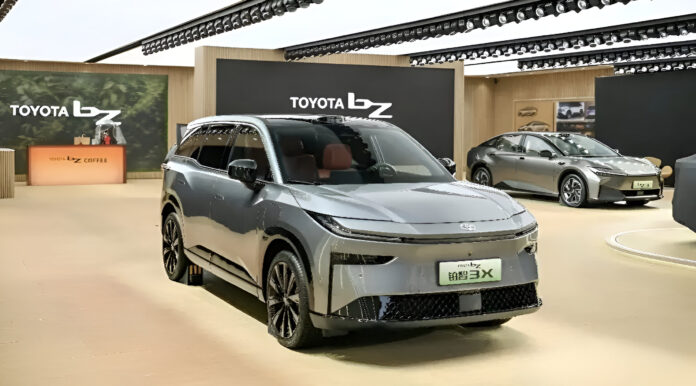Since its launch on March 16, the Toyota bZ3X has recorded over 10,000 deliveries, with 12,000 pending orders, Peng Baolin, Deputy General Manager of Sales at GAC Toyota, has announced. This early success underscores Toyota’s stronger push into China’s electric vehicle market through deeper localisation and a fresh development model.
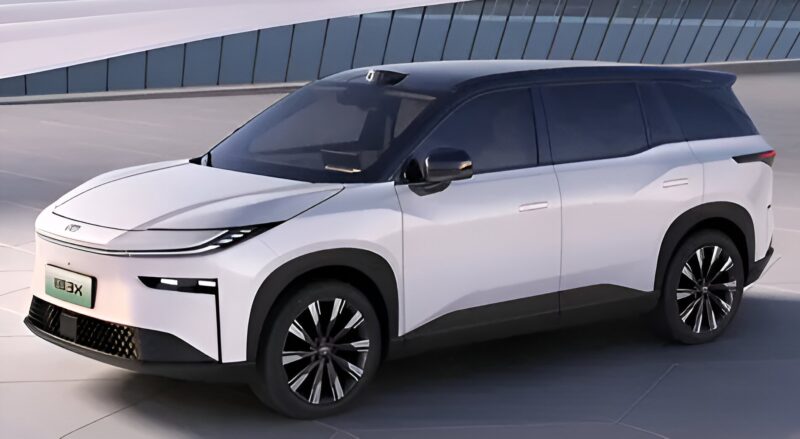
At the 2025 Shanghai Auto Show, Toyota showcased the bZ3X and the newly unveiled bZ7, both developed under the Regional Chief Engineer (RCE) system. This initiative places local engineers at the helm of product planning and R&D, allowing models to be built from the ground up for Chinese consumers. As reported yesterday, this is similar to Nissan’s plans in China.
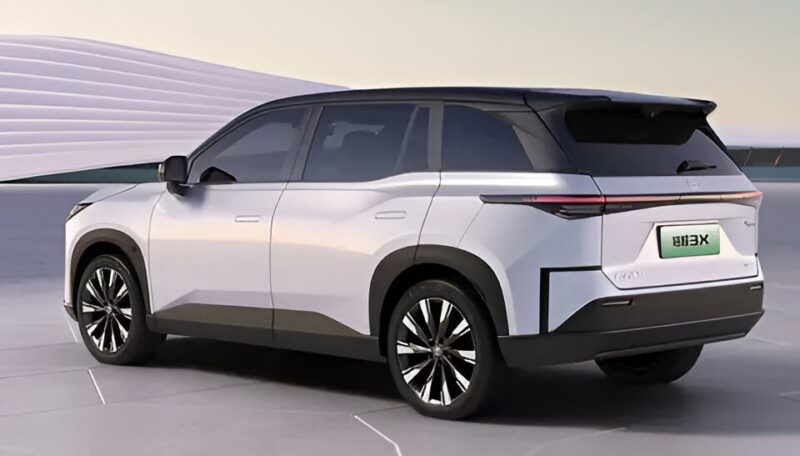
The bZ3X is a compact electric SUV based on the e-TNGA platform. It measures 4,645 mm long, 1,885 mm wide, and 1,625 mm high, with a 2,750 mm wheelbase. It offers options for front-wheel drive (150 kW) and dual-motor all-wheel drive (80 kW + 150 kW). Powered by an LFP battery, it delivers a CLTC range of either 500 km or 600 km. Interior features include a 12.3-inch touchscreen with a Snapdragon 8155 chip, panoramic glass roof, and L2+ assisted driving supported by Momenta.
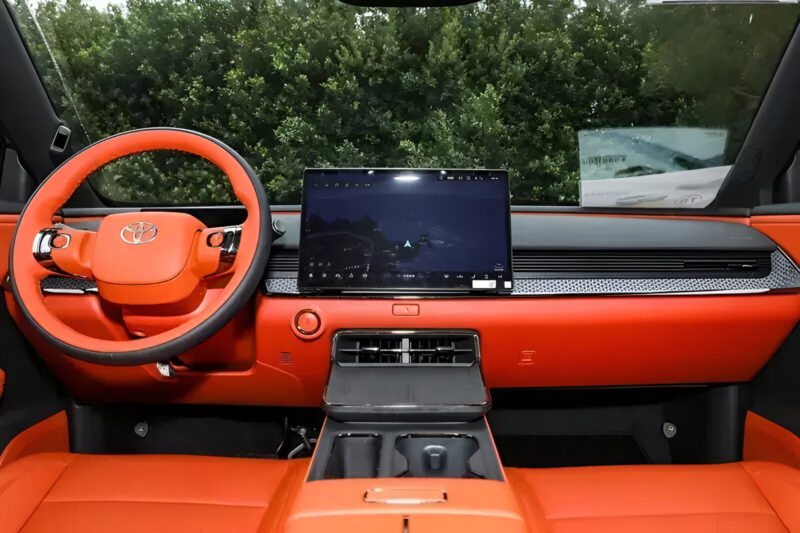
Toyota has also restructured its operations in China under a unified “One R&D” framework, consolidating FAW Toyota, GAC Toyota, BYD Toyota, and the Changshu R&D centre. Engineers like Liu Wenbin (bZ3X) and Ye Zhihui (bZ7) now lead complete vehicle projects—a shift from Toyota’s previous global-to-local adaptation model.
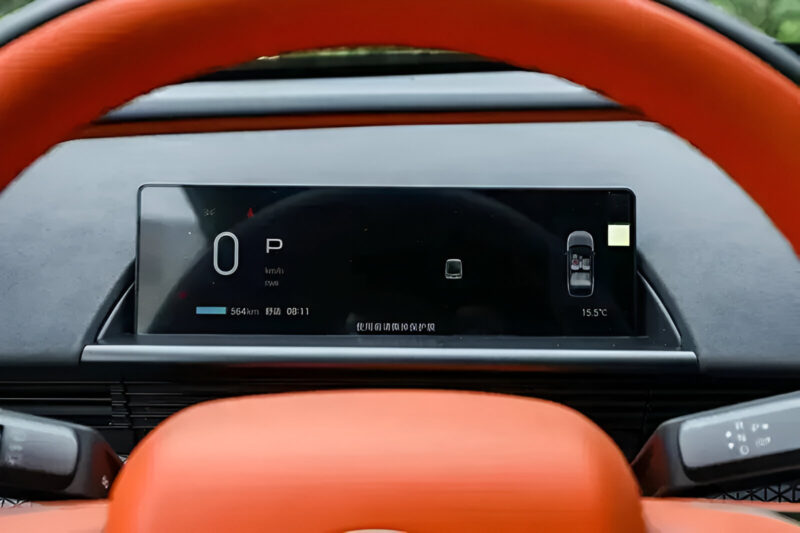
The bZ3X’s development reflects this shift, shaped by research into the lifestyles and expectations of young Chinese families. Meanwhile, the bZ7 becomes the first JV sedan with Huawei’s HarmonyOS.
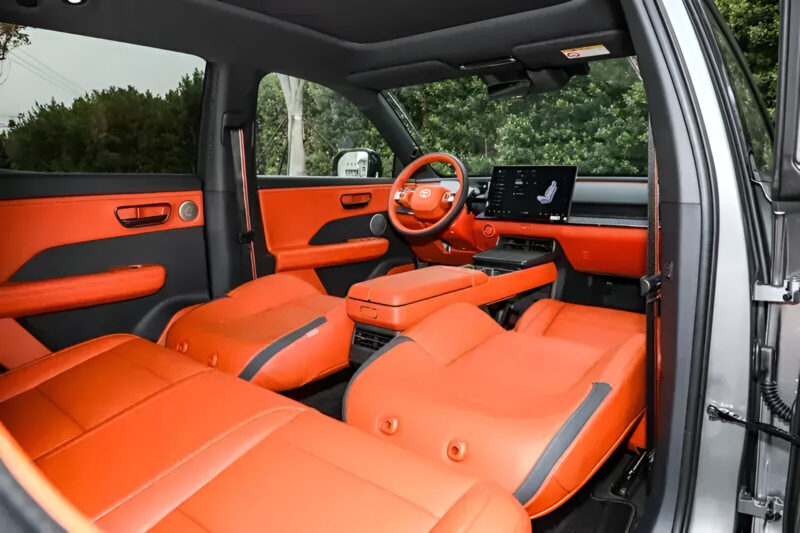
Toyota claims that, rather than “chasing speed”, it is taking a measured rollout strategy, prioritising safety and product maturity to build long-term consumer trust. This aligns with its philosophy of delivering durable, high-quality vehicles, even in the fast-evolving electric vehicle space.
